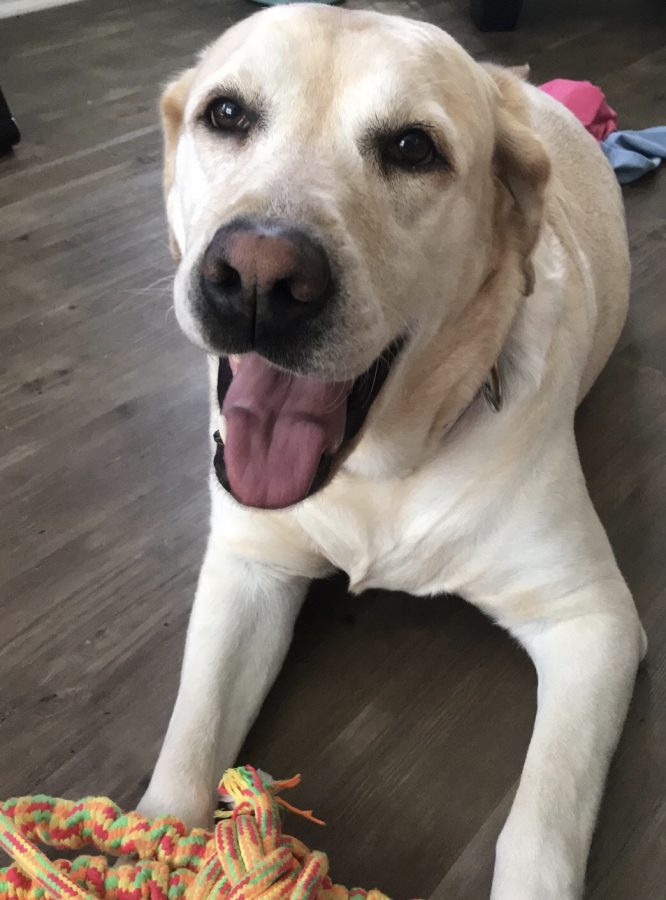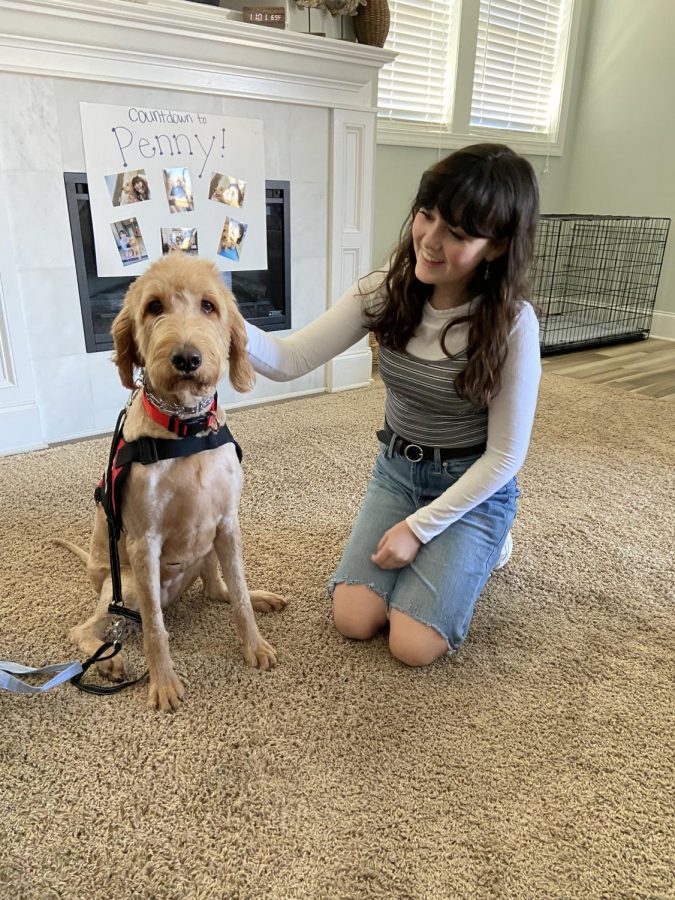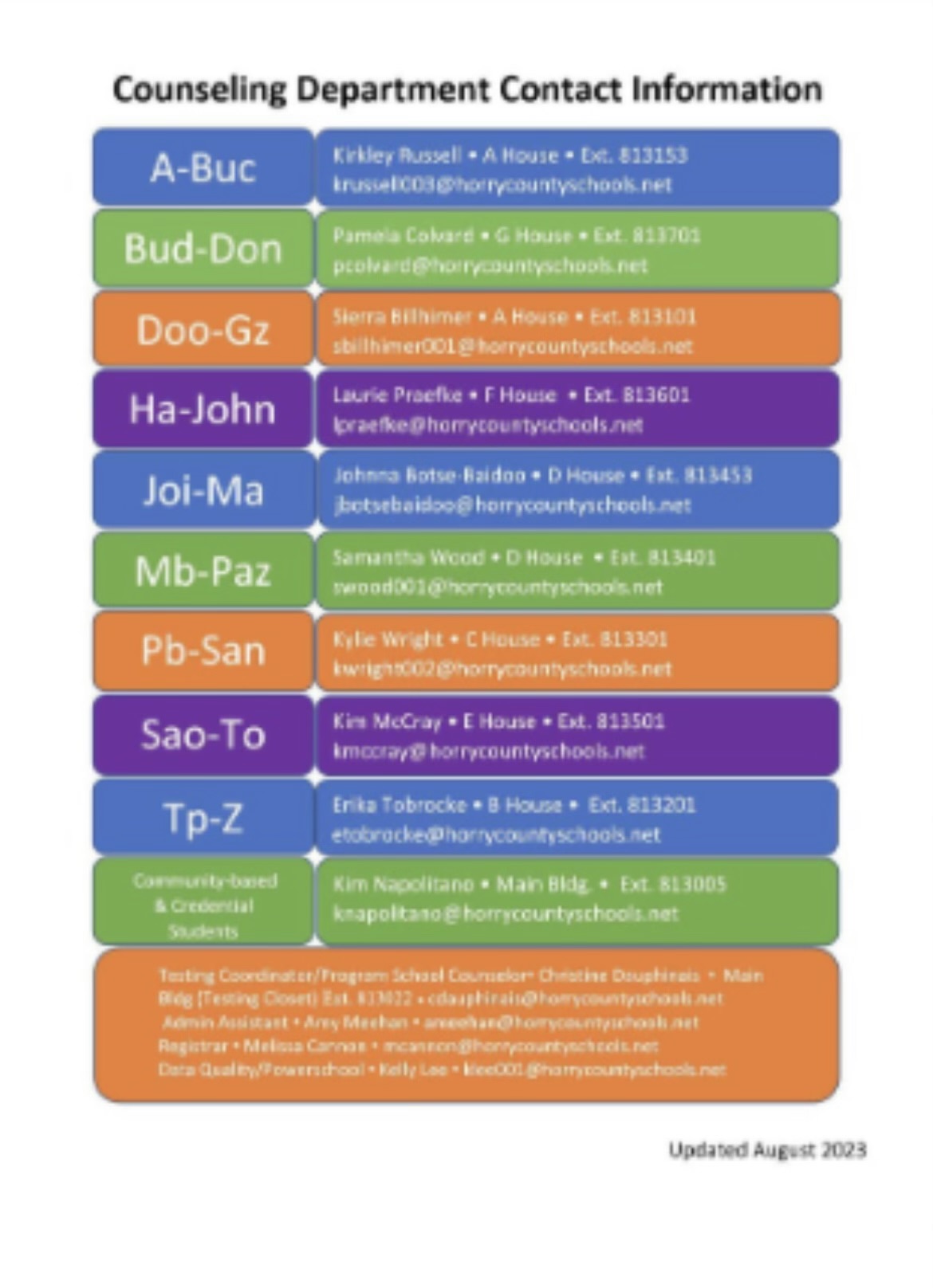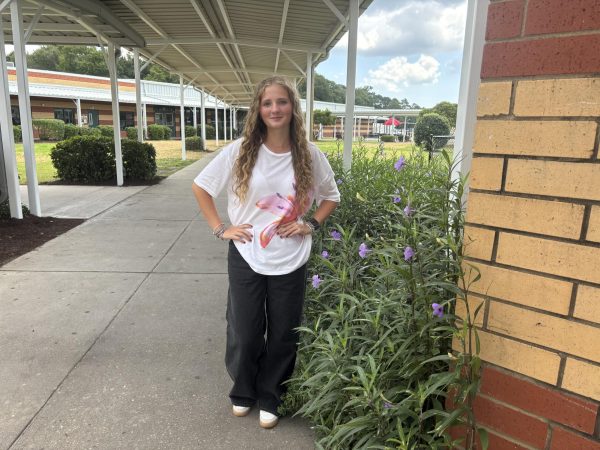A CFHS Student…and Her Dog
November 19, 2021
Have you ever seen a service dog? Do you know what their purpose is? Not many people are aware of these helpful animals.
A service dog has been trained to assist a person who has a disability. They perform tasks that assist their handlers. Some essential actions that are performed by these dogs include guiding people with visual impairments, signaling certain sounds for those who are deaf and retrieving items for people with mobility issues or alerting about cardiac episodes or seizures.
Many wonder how a dog is trained to know these things. These animals are trained for a minimum of 120 hours for at least six months, depending on the dog and the required skills. Studies have shown that instead of turning your current dog into a service dog, it is helpful to adopt a dog that is already trained. Some traits that these dogs should have include being calm, alert, a willingness to please, the ability to learn and retain information and reliability for performing repetitive tasks.
Caroline Kay, a freshman, was diagnosed with type one diabetes, also known as juvenile diabetes, on February 22, 2020. It is a chronic condition in which the pancreas produces little or no insulin. This was life changing and extremely unexpected for her. She and her family learned about the life changes needed, and it became the new normal. Whether it is calculating the carbohydrates in food, checking her blood sugar, or changing her insulin pump, she states she is now a pro at it. However, it’s always good to have some support. To help her, she recently brought a service dog home.
Penny, a female apricot doodle, alerts Caroline by using her paw, licking and jumping on her. If her blood sugar is low, below 70, or high, above 200. The main reason that Penny is so essential to Caroline is because at night, Caroline does not wake up when her blood sugar is low or high. This is extremely dangerous because she can pass out, go into a coma, or even die if she doesn’t treat her sugar. If Caroline’s level is low, she will drink a juice or eat a gummy. If her levels are high, she will give herself more insulin.
Kay says,” I’m thankful for Penny because it is really helpful to have another tool to help manage diabetes, one that is more reliable than technology sometimes. She helps me and my family sleep a little better at night.”





































